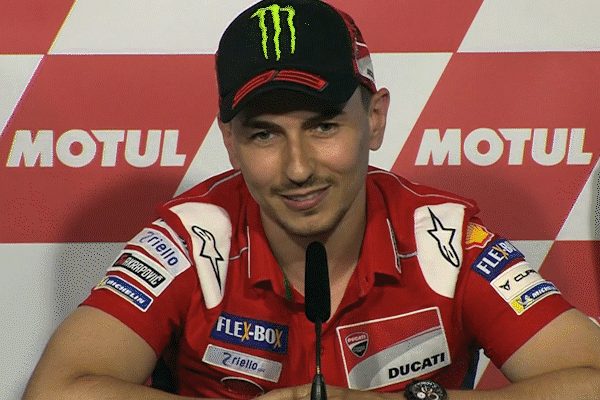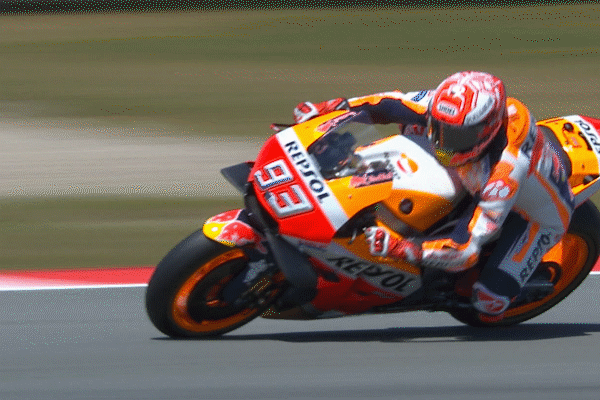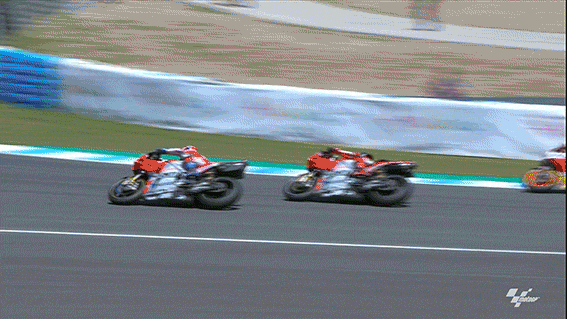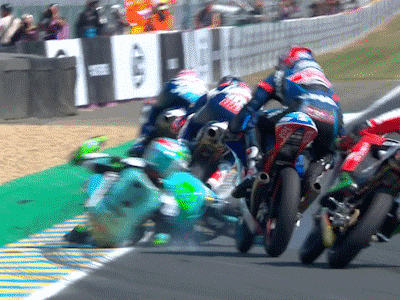The Best of Cost Per Impression (CPM) Ads Networks
Cost Per Impression or CPM
advertisements are another way of making money with your website or
blog. Most of the Websites are today depended on Google AdSense but having
another source of revenue can help you earn more.
There are different types of advertisement
program like Pay Per Click, Cost per sale,Cost Per Action Cost Per
Action etc. Google Adsense pay
you when someone clicks on Ads. CPA program pays you when some action is done
like filling a form etc but to earn with CPM ad nothing need to be done.
When you sign up for a CPM
program and put ad code on your website ads are started displaying and you earn
on the basis of CPM cost per thousand impressions. You will be paid when that
ad is displayed 1000 times. You don’t have to worry about how many clicks that
ad is getting or how many leads are generating.
CPM rates can be fixed or can be
different depending upon advertiser, your country, your website topic etc. CPM
ads can make you good money if you are getting good traffic on your website.
Example: If you get 20000
visitors per day and total of 40000 page views and you are getting CPM rates of
$2 then you earning can be – 40000/1000 = 40 CPM x $2 = $80 per day. This is
not a bad earning at all.
We have listed some of the most popular CPM
Ad networks which pays good CPM rates. Every CPM network has different
requirement so before applying to these networks read their requirements.
Top Paying CPM Advertising Network
1. Tribal
Fusion: Tribal Fusion is one of the most
popular CPM ad networks. They are popular for high CPM rates. If you get more
then 500,000 unique users per month then you can apply on Tribal Fusion for
publisher program.
2. Advertising:
Advertising.com is part of AOL. Advertising is also among top
CPM ads network and also one of the high paying CPM rates. To join
advertising.com you must have high visitors base.
3. Casale
Media: Casale Media offers high CPM rates other than
that they also offers fixed CPM rates. To become Casale Media publisher you
must get 50,000 unique visitors each month.
4. Propeller Ads:
From past few time Propeller Ads is becoming very popular ad network. Propeller
Ads offers various adverting options of publisher and advertiser like Pop-Under
ads, Banner ads, Mobile Adverting etc. They offer some of the best CPM rates in
the industry. I have seen publisher making good money with Propeller Ads, go
ahead and join them to improve your website earning.
5. Burst
Media – Burst Media gives you high CPM’s, quality
campaigns, and full control of which ads run on your site. Your site must have
minimum traffic of 25,000 monthly page views or 5,000 monthly unique views.
6. CPX
Interactive: CPX Interactive was named 6th fastest
growing privately held US advertising company in 2008 by Inc. Magazine for
their annual list of corporate success stories. They deliver true scalability
and transparency.
7. Technorati Media: the largest
social media advertising network. With deep agency and client relationships,
they deliver targeted campaigns from top brands at high CPM. Tenorati media has
tie ups with many companies including Google, MSN, Yahoo!, IGN, Hearst, CNET,
Tribal Fusion, Washington Post, and Time Inc.
8. BannerConnect:
BannerConnect has been an expert on automated ad trading since 2004 and was one
of the first companies in the world active on an ad exchange.
9. ValueClick Media: ValueClick
Media is the premier Internet advertising network for publishers who wish to
earn the most for their available inventory. You get the complete control over
your advertisements along with quality advertising and superior support.
10. Adtegrity: Adtegrity.com, Inc.
is an online advertising network with reach into over 30 vertical content
channels specifically segmented for maximum impact with advertiser campaigns.
For the publisher, the company follows the criteria that you need to have
minimum 500,000 page views per month and your 50% traffic must originate from
U.S. Moreover your site should reside at a top level domain name that you own
or control without any unlicensed material.
11. AdPepper:
ad pepper media is one of the leading, independent international online advertising
marketers. You can collaborate with ad pepper and can get comprehensive set of
opportunities to market online presence profitably, whether national or
international in scope. The company also offers weekly payouts.
12. adBrite:
adBrite is the largest independent ad exchange, reaching 300 million global
unique visitors every month, including more than 150 million in the U.S.
adBrite’s Exchange provides a yield management solution with advertisers being
ranging from small local companies to world-wide advertising agencies. adBrite
makes it easy for you to have access to thousands of advertisers with minimal
effort. It supports different ad formats and provides publisher, the full
control and account management.
13. Vibrant Media: Vibrant is the
world leader in premium contextual technology aligning billions of words across
the Internet. It has over 6,000 premium publishers, reaching over 250 million
unique users per month, Vibrant offers publishers premium editorial tools to
re-circulate users throughout their websites. You can gain incremental revenue
through relevant display advertising and moreover, Vibrant InterestAD (VIA) are
targeted based on words bought by brand advertisers, not by site with easy
implementations.
14. Axill: Axill is one of the
fastest growing publisher networks. Axill provides a complete solution for
publishers to generate huge revenue from their websites by offering the best
offers. You get the quality advertisers and you can track them with easily. You
can earn effective CPMs possible and get paid on net 30 via Moneybookers or
Wire Transfer.
15. Clove Network: Clove Network
is an ad network that delivers services to thousands of high quality
publishers. Clove network has a wide range of ad formats and solutions with
flexible and transparent pricing model. They campaign top brands with optimized
technology.
16. Adify: Adify owned by Cox Digital Solutions provides compelling solutions connecting advertisers with engaged users and publishers with quality brands. Company has built a suite of publisher services that maximize ad revenue and allow for greater operating efficiencies. The company allows you to increase ad revenue, extend your reach, or take advantage of our industry-leading end-to-end platform.
16. Adify: Adify owned by Cox Digital Solutions provides compelling solutions connecting advertisers with engaged users and publishers with quality brands. Company has built a suite of publisher services that maximize ad revenue and allow for greater operating efficiencies. The company allows you to increase ad revenue, extend your reach, or take advantage of our industry-leading end-to-end platform.







